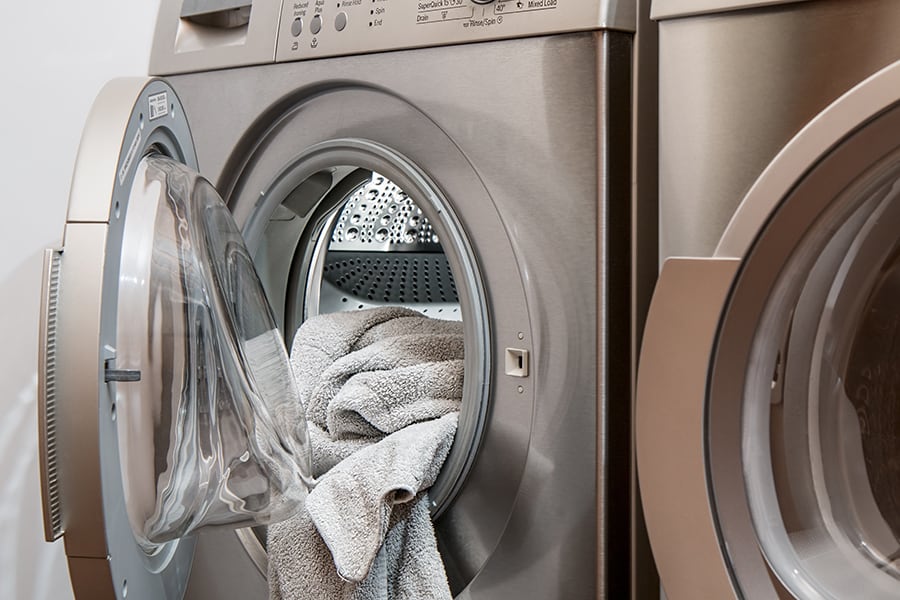I need to replace several old appliances. Will the appliance choices I make have much impact on my energy bill?—Chelsea
Because your energy use varies month to month, it’s best to view the purchase over the lifetime of the equipment. Think about the up-front cost and the lifetime energy cost. In a Consumer Reports test, the most efficient refrigerator used $68 per year less electricity than the least efficient model. Multiply that difference over a decade or two, and the lifetime energy savings could be greater than the up-front cost.
 Appliance energy use is usually less, on average, than home heating and cooling bills, but can be several hundred dollars each year. The variables include the model, and how often it’s used and at what settings.
Appliance energy use is usually less, on average, than home heating and cooling bills, but can be several hundred dollars each year. The variables include the model, and how often it’s used and at what settings.
In some cases, the configuration of an appliance also can make a substantial difference. For example, a side-by-side refrigerator/freezer uses about 70 percent more energy than other configurations, with all the most efficient models having the refrigerator stacked on top of the freezer. All 36 of the most efficient clothes washers of 2018 were front-loading models.
Consider how much you use the appliance. The more you use it, the greater your savings will be from choosing a more efficient model. If you don’t use the appliance often or have a small household, you may get by with a smaller refrigerator or freezer, which will save you money.
Look for the labels
Over the last few decades, new appliances have become more energy efficient, driven partly by minimum government standards. Appliances are required to include an Energy Guide label that shows estimated energy use and annual operating cost, so you can compare models and calculate the initial cost against the long-term savings. You also can look for appliances that have an ENERGY STAR label, indicating they are substantially more efficient than the minimum standard. For example, replacing a 20-year-old refrigerator with a new ENERGY STAR model can lower that appliance’s monthly electricity cost by 75 percent. KL
PAT KEEGAN and BRAD THIESSEN write on energy efficiency for the National Rural Electric Cooperative Association.

